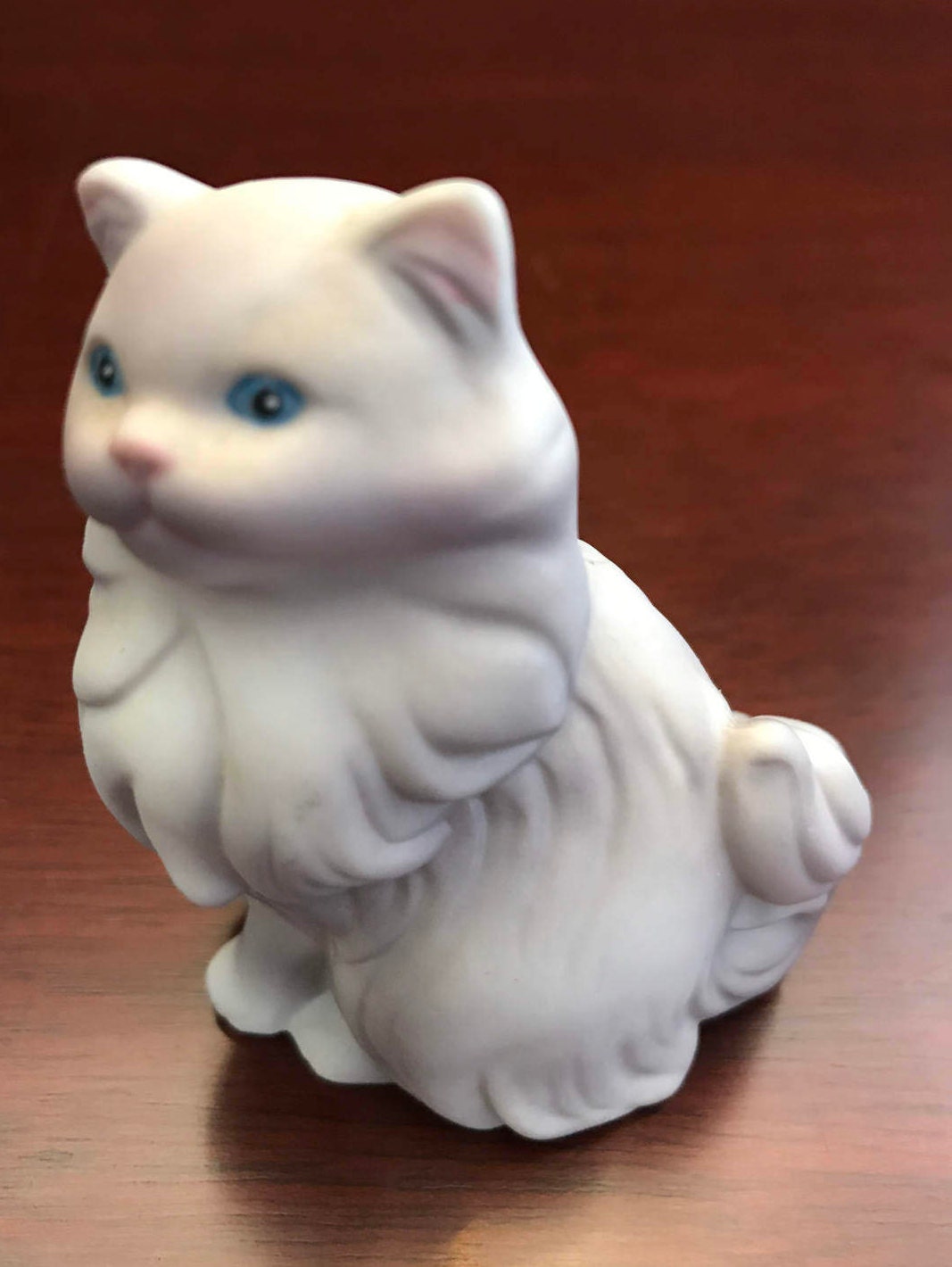

Each nation, it seemed, had something unique that was needed by others. From the San Pablo marshes, they fished sturgeon and bat rays. They cleared waterways for fishing and hunting waterfowl and cultivated sedge beds, growing long, straight roots for basket-making. The Alaguali knew their homeland intimately typical of Coast Miwok and Southern Pomo Nations, they practiced controlled burning, maintaining grasslands for elk and pronghorn.

Tolay Lake is in the heartland of the Alaguali Nation, whose principal village, Cholequibit, sat southeast of the lake, bordering San Pablo Bay. What we’ve always known is that Tolay Lake was a great place of healing and renewal, that Indian doctors came from near and far to confer with one another and to heal the sick. Most people, regardless of their national affiliation, spoke several languages, some of these languages perhaps quite different from one another-Pomo is as different from Coast Miwok as English is from Urdu. We belonged to one of over a dozen separate nation-states, each composed of 500 to 2,000 individuals, with one or more central villages and clearly defined national boundaries. But until recently, and for purposes of our relationship with the federal government, we never referred to ourselves as Pomo or Coast Miwok. Southern Pomo, with its own various dialects, was spoken from the Santa Rosa plain north, and Coast Miwok southward to and including present-day Sausalito. These are names based on language families: Southern Pomo, a member of the Hokan family Coast Miwok belonging to the Penutian family.

Today we are known as the Federated Indians of Graton Rancheria, descendants of natives identified by early ethnographers as Southern Pomo and Coast Miwok. All of the lakes in the chain were shallow, even more shallow than Tolay, hardly 20 feet in its deepest spot, but, like Tolay, all of the lakes contained water year round, until after European contact, when the water table in the region dropped 20 to 30 feet in a relatively short period of time. Standing on the ridges above the lake, you can see the emerald expanse of San Pablo Bay spreading before you, and like a sculpture rising from the water, San Francisco’s Financial District, and then four of the Bay’s major mountains: Mount Saint Helena, Mount Tamalpais, Mount Diablo, and Mount Burdell. You might imagine it the pendant at the end of the chain. Roughly seven miles east of Petaluma, Tolay is the southernmost and largest in a chain of lakes tucked within the Sonoma Mountain range. When American rancher William Bihler dynamited the southern end of Tolay Lake in the early 1870s, draining the rather large but shallow lake of water, what the muddy bottom revealed was thousands upon thousands of charmstones-far more than found in any one locale in North America. Maria Copa, a Coast Miwok born at Nicasio, told ethnographer Isabel Kelly that a charmstone had followed a woman home and that the woman had “to hit it three times” with a stick to kill it. Mabel McKay, the late renowned Pomo basket-maker and medicine woman, witnessed a Lake County Indian doctor pulling a tiny rabbit from a sick woman’s chest using a thumb-size quartz amulet Mabel herself gave a troubled young man a charmstone to keep an evil spirit at bay. Federated Indians of Graton Rancheria Tribal Chairman Greg Sarris speaks at a Tolay Lake tribal gathering. Like other medicine men and women from Central California and beyond, Grandpa Tom, a Coast Miwok, used charmstones when doctoring the sick, for luck in fishing and hunting, and who knows what else-perhaps even causing an earthquake. Grandpa Tom, as he is known in the family-he was my great-great grandfather-reputedly caused the 1906 earthquake in a contest of power with another medicine man. The charmstone, an oblong, smoothly carved rock figure, about an inch and a half in length, was loosed from Tom Smith’s “doctoring kit,” which had been stored in a drawer at UC Berkeley’s Lowie Museum for decades following his death in 1934. Before visiting Tolay Lake, check details with Sonoma County Regional ParksĪ relative told me that when she saw Tom Smith’s charmstone, she was temporarily blinded and felt instantly faint-its power was that overwhelming.


 0 kommentar(er)
0 kommentar(er)
